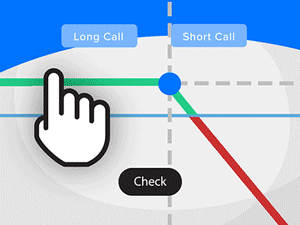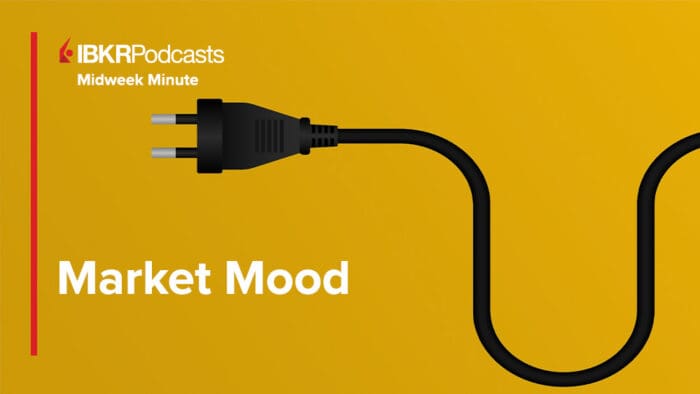Macroeconomics is a vast topic, but at its core is similar to the financial planning of a family. Every family knows that they have to balance their income, expenditures and savings. We use a simple equation here, Income = Expenses + Savings, hoping that the Savings component is maximised every time. Macroeconomics is similar, except it deals with the entire country’s money! Or in some cases, even a group of countries.
Let us go through the topics discussed in this blog:
- Definition of Macroeconomics
- Brief History of Macroeconomic Policies
- Macroeconomic factors
- Macroeconomic policies
- Macroeconomics and the Financial markets
- Resources to learn about macroeconomics
Definition of Macroeconomics
Macroeconomics is the study of the forces affecting the national economy as a whole. The government of a country tries to look at factors such as the GDP, unemployment rate, inflation rates and formulates policies to keep them at healthy levels. Compared to microeconomics which looks at the individual consumer or company, macroeconomics looks at the big picture and checks how the country is performing. Furthermore, depending on its goal, the country develops the monetary and fiscal policies to steer the economy towards a bright future.
Wait! While Macroeconomics can be complex and simply cannot be covered in one article, we will try to focus on a few key concepts. Just remember one thing, whether it is the family or the government, everyone wants you to have a better future than today.
Before we delve into the factors, let us go through the past to understand how macroeconomics has evolved over the decades.
Brief History of Macroeconomic Policies
While there have been a lot of theories in the past, it is said that the quantity theory could be the first to look at the big picture. One if its version, by Irving Fisher was simply,
M * V = P * Q
Where,
M = Money supply
V = Money velocity (Number of times the unit of currency used to purchase goods/services at a certain time)
P = Price level
Q = Quantity of goods produced.
In normal scenarios, we usually have money velocity and Quantity of goods produced as constant. Thus, increasing the money supply (M) would lead to an increase in price levels.
For example, let’s say the economy consists of only one good, i.e. a mobile phone. Now, if we increase the money supply, it means more people have more money. Now they all want to buy a mobile phone, but the quantity of mobiles being produced is constant. According to the normal supply-demand situation, the manufacturer increases the price of mobile phones, discouraging some buyers. Thus, even though we had an increase in money supply, the increase in price level negated it.
Fun fact: This is exactly how inflation works and essentially, the central banks of most countries or the federal reserve in the U.S. does on certain occasions to make sure the economy doesn’t hit a bump on the road.
While this equation holds true in most scenarios, sometimes it could falter. How?
It is assumed that usually lowering the prices of goods would help in clearing them. However, in the time of the great depression, the economists couldn’t explain how goods were left unsold and workers unemployed.
At this point, Keynesian economics took hold and evolved into the field which is now considered macroeconomics. While not the actual reality, it was seen that as the recession started, companies started spending less on goods. Even the common man started holding on to money rather than spending it somewhere. This created a multiplier effect as nobody was willing to spend more than necessary. Thus the economy declined sharply and resulted in the great depression.
While there are several theories and schools of thought, it is generally agreed that the economy should be a mix of free-market and government managed to make sure it doesn’t become unstable.
Stay tuned for the next installment in which Rekhit will review the basics and understand the parts of the big picture we call macroeconomics.
Visit QuantInsti for additional insight on this tutorial:
https://blog.quantinsti.com/macroeconomics/
Disclosure: Interactive Brokers Third Party
Information posted on IBKR Campus that is provided by third-parties does NOT constitute a recommendation that you should contract for the services of that third party. Third-party participants who contribute to IBKR Campus are independent of Interactive Brokers and Interactive Brokers does not make any representations or warranties concerning the services offered, their past or future performance, or the accuracy of the information provided by the third party. Past performance is no guarantee of future results.
This material is from QuantInsti and is being posted with its permission. The views expressed in this material are solely those of the author and/or QuantInsti and Interactive Brokers is not endorsing or recommending any investment or trading discussed in the material. This material is not and should not be construed as an offer to buy or sell any security. It should not be construed as research or investment advice or a recommendation to buy, sell or hold any security or commodity. This material does not and is not intended to take into account the particular financial conditions, investment objectives or requirements of individual customers. Before acting on this material, you should consider whether it is suitable for your particular circumstances and, as necessary, seek professional advice.













Join The Conversation
For specific platform feedback and suggestions, please submit it directly to our team using these instructions.
If you have an account-specific question or concern, please reach out to Client Services.
We encourage you to look through our FAQs before posting. Your question may already be covered!